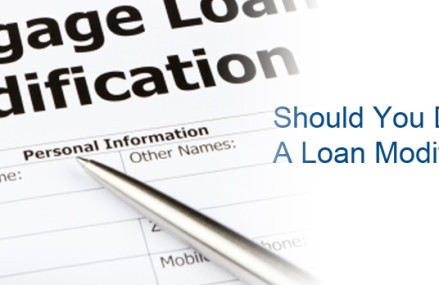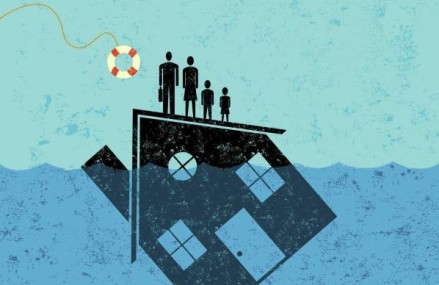Second mortgages can be problematic for homeowners facing foreclosure.They were easy to get into when home values were soaring, but now with homes increasingly underwater they might not be backed by any equity. By some estimates, half of all at risk homeowners carry a second mortgages, or Home Equity Line of Credit (HELOC). Almost always the interest rate on a second home loan is higher than the first. Some primary lenders aren’t eager to modify the first mortgage if there is a second on the property.
With a first and second mortgage from the same lender any attempt at a loan modification should incorporate both loans into one.
If you have first and second loans from different lenders, attempt cash out refinancing to pay off both with a new home loan.
For those who qualify under the federal government’s Make Home Affordable plan, try to get your second mortgage lender to reduce the interest rate as they may qualify for a new government subsidy of $500 up front and $250 a year for three years as long as the first mortgage is paid off in a timely manner. There’s an incentive for borrowers as well, who get $250 a year for up to five years credited to their first mortgages. If you’re very lucky, you might get the second mortgage written off for a one-time settlement from the Feds for $1,000.
Otherwise, you’ll have to go through the same process in modifying your second mortgage that you would with your first. Don’t wait until you are delinquent. Contact your lender’s loss mitigation department as soon as you foresee a payback problem. Present evidence of financial hardship and show that a reduction in your mortgage terms will enable you to pay off the modified loan in a timely manner.
Sometimes the second lender won’t move until your first mortgage is modified.
You might be able to settle the debt for less than is on the books, especially if you can secure the cash from another source and offer a buy out.
Occasionally, your second mortgage lender won’t be inclined to give at all. In most cases, any lien holder can force the sale of a property to pay off a debt if payments are late but in practice foreclosures are usually initiated by primary lenders, because proceeds from a foreclosure are used to first pay off property taxes, then the first lien. Rarely today is there enough left to pay off the second.
If you are severely underwater, you might be able to convince the second lender to release the lien and turn the loan into an unsecured personal loan with a reduction in interest or extension in payback time. If you can’t persuade your lender to take this path, mention that you’ve looked into filing Chapter 13 bankruptcy as a way to save your home. Under this scenario the court will rewrite the second home loan as an unsecured loan, setting mandatory payback terms that will probably be less than your offer.
Use these facts in negotiating for a second mortgage loan modification.



